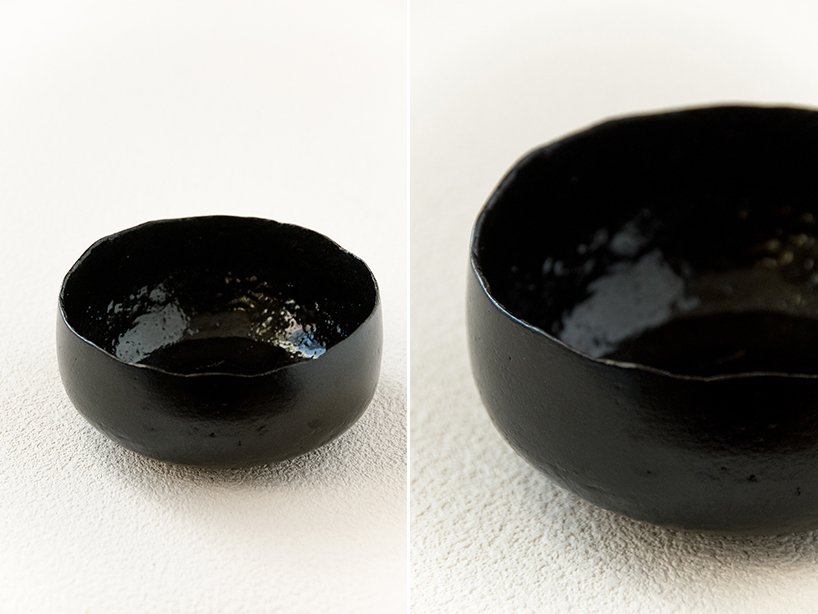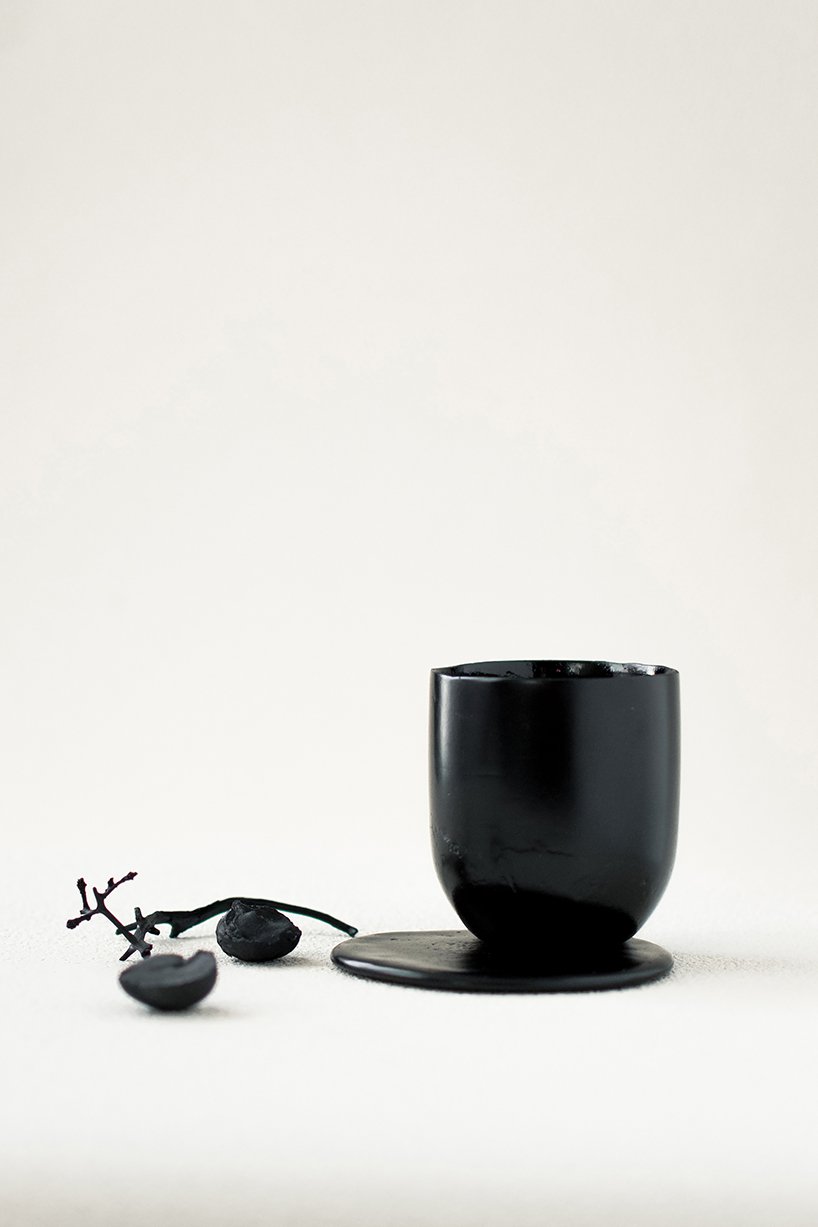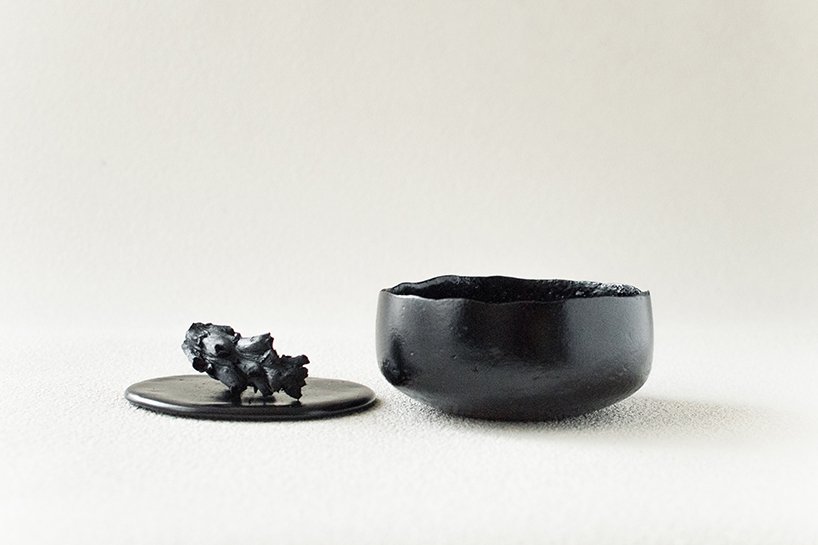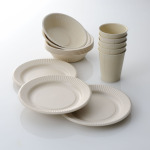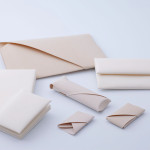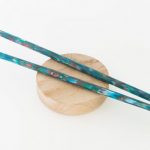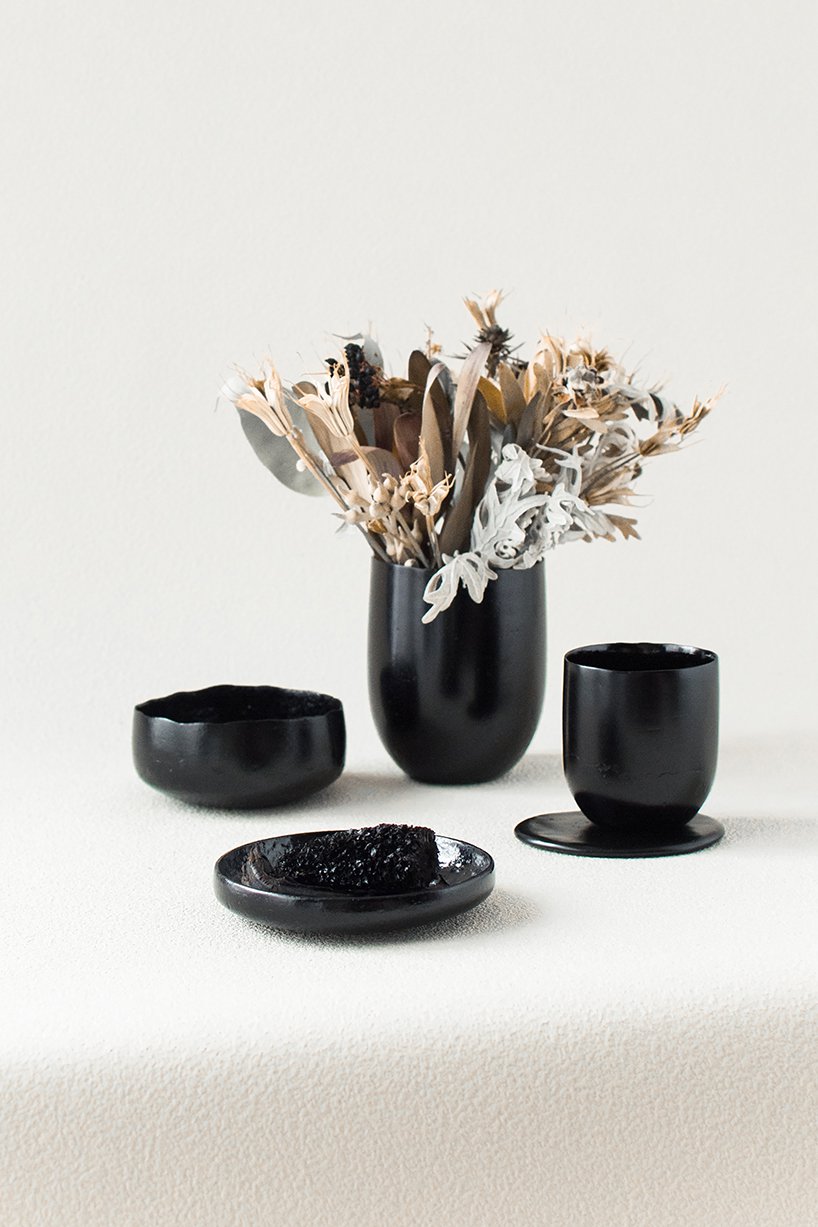
For years Japanese designer Kosuke Araki has been exploring plant-based materials and the techniques of processing them, in an attempt to find alternatives to synthetic plastics. In particular, he has focused his exploration on techniques rooted in Japanese culture. This eventually led to a project documenting the food waste we produce on a daily basis, and making a series of tableware from it.
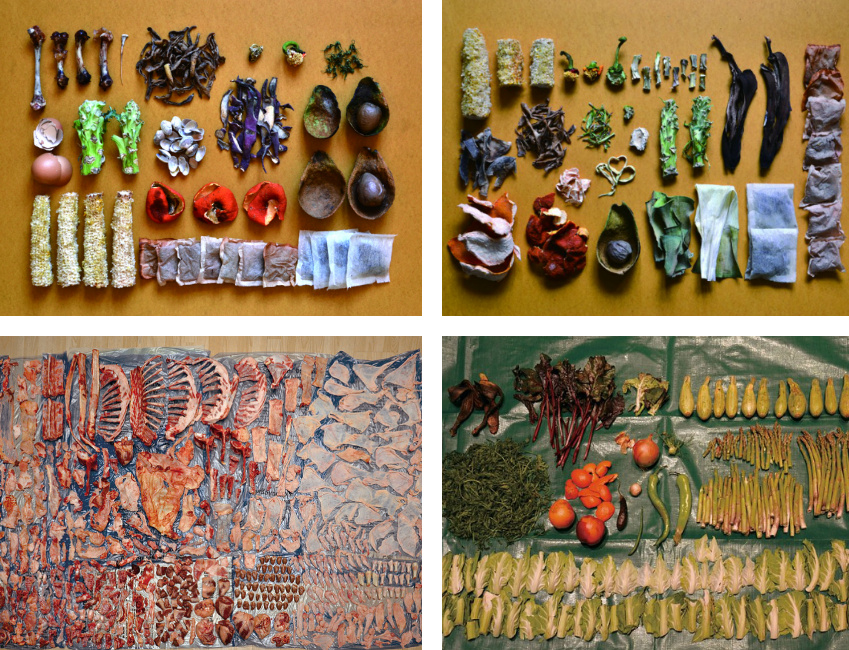
part of Araki’s efforts to document the food waste that he produced over several weeks
“Food is not a thing but life,” says Araki, who studied product design in Tokyo and then in London at the Royal College of Art. “We eat life for our existence…at a huge industrial scale.” But it was the lack of appreciation for our food that led him to create Food Waste Ware in 2013 for his graduation thesis. Styled like an actual recipe book, it documented how much food was discarded at food markets, shops and in his own kitchen, and then included instructions on how to turn that food waste into tableware.
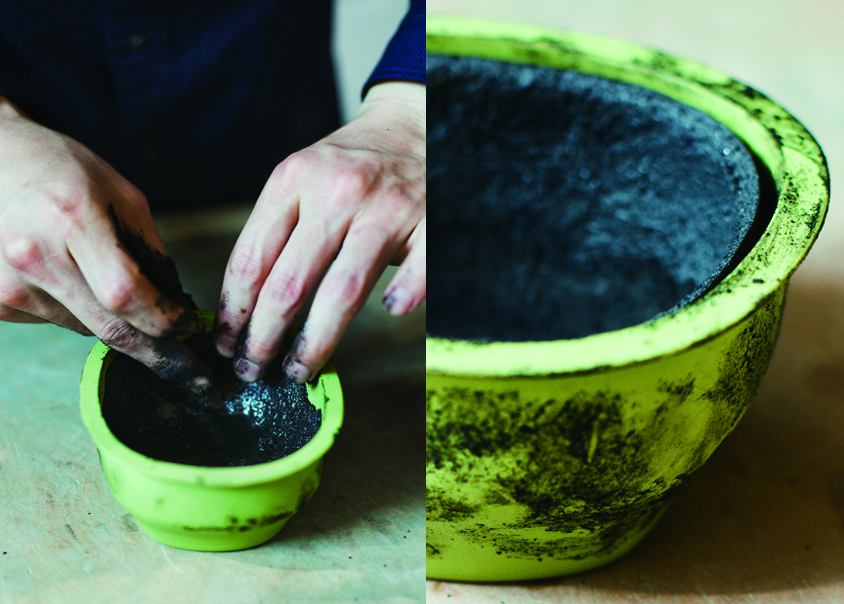
using a mold to turn food waste into tableware
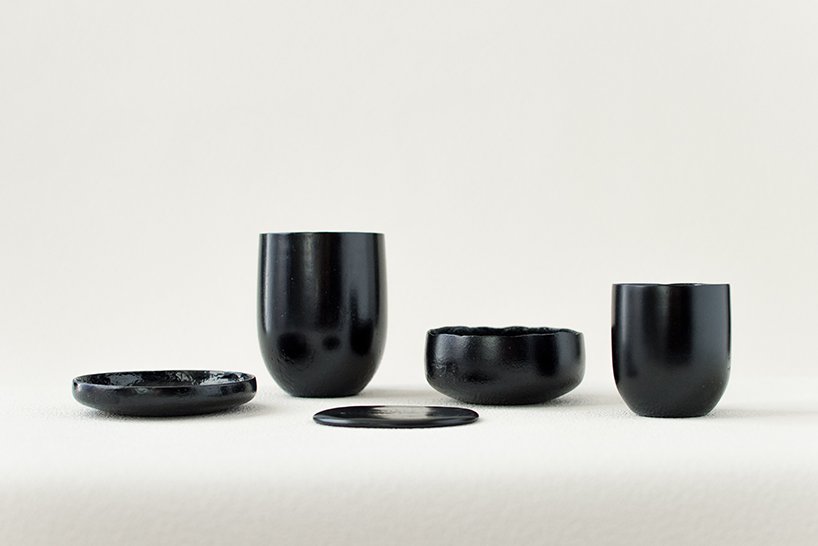
Anima (2018) is a series of tableware born from food waste
Five years later, Araki has created a sequel to that project by incorporating urushi (Japanese lacquer) into the tableware, which adds a polished look but also practical strength. “Historically, Urushi craft has a close relationship with food,” explains the designer. The natural lacquer had antibacterial properties, which made it suitable for serving. Leftover rice and tofu was also used to adjust the viscosity of lacquer.
At its essence, Araki aims to bring more awareness to the table by reincarnating what is often considered gross and ugly (food scraps) into, in the designer’s own words, “something beautiful and precious.” The project is currently part of the exhibition Food Revolution 5.0, held at Kunstgewerbemuseum in Berlin (through September 30, 2018)
